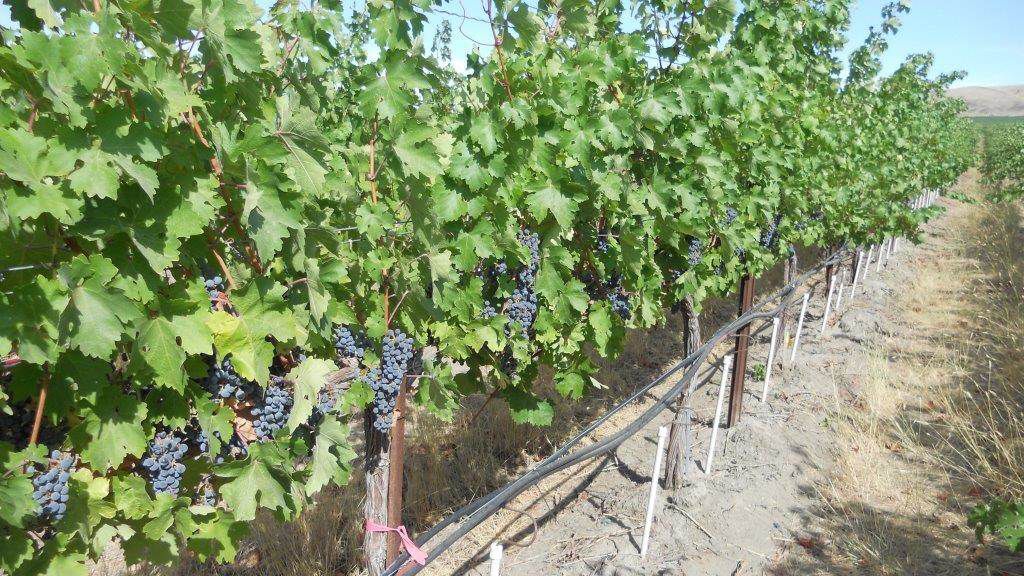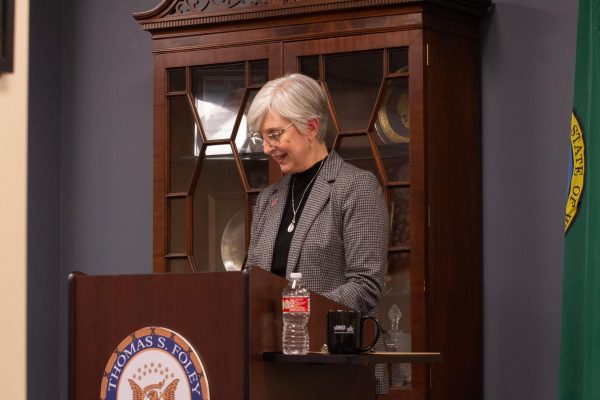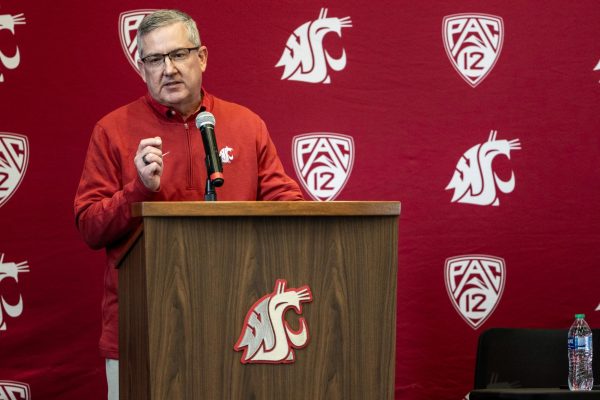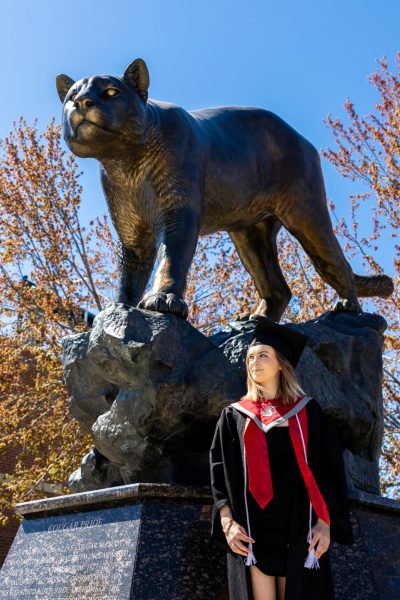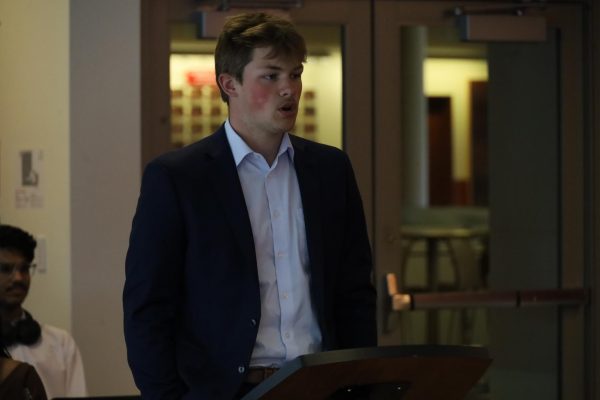Drones and wine – only mix in research
July 13, 2016
As the Washington grapevine industry expands at what has been called a “phenomenal” rate, WSU researchers are using drones in a study of irrigation methods which have the potential to save growers up to half the water they currently use.
The study’s results, though preliminary, suggest that by applying 60 percent of the normal amount of water directly to the vine roots, growers could maintain the same grape yield while wasting less water on evaporation and weeds.
As work began in the record-breaking heat of last year, Pete Jacoby, a professor in the Department of Crop and Soil Sciences and lead researcher in the study, noted its good timing.
“We got a really good test on what we could do under extreme drought conditions,” Jacoby said.
At 50,000 acres, Washington has the second largest grapevine industry in the country after California. It has grown 85 percent over the past decade, according to the Washington Association of Wine Grape Growers.
As such, water is in heavy demand, said Lav Khot, an assistant professor and researcher in the Department of Biological Systems Engineering.
“We have to make sure that even with climate change and everything that’s happening, we can still grow the wines,” Khot said
Khot specializes in remote sensing applications in agriculture and operates the drones for the study. Due to Federal Aviation Administration regulations, drones cannot be flown above 400 feet or out of sight. If the drone goes too far in any direction it is programmed to return to where it took off from.
“When you’re flying with $10,000, $15,000 cameras … you don’t want it to fly somewhere and crash,” Khot said.
By flying above the vineyards and collecting data on crop health, the drones are more efficient than current ground-based methods.
“That technology,” Jacoby said, “is gonna go hand in hand with just helping to make our Washington growers competitive.”
The drones create thermal images of the vine canopies which provide data on their temperature. This can be used to determine how much stress vines are under based on the amount of water they receive.
In addition to the benefit of saving water, Jacoby said using less water can stress the plant just enough to produce a more premium quality wine grape. For reasons yet unknown, this water deficit causes vines to more highly concentrate sugar and pigment in their grapes.
“In the Mediterranean region,” he said, “where grapes more or less originated, it was often stated that the best vines grew on the poorest and driest land.”
The researchers are using two commercial vineyards in the Yakima Valley: Kiona Vineyards and Winery in Benton City and Hogue Ranches Management LLC, near Prosser. The former is just west of Richland on Red Mountain, an area which produces wines which Jacoby said have earned impressive scores in the high 90s on the wine quality scale.
“Washington wines are really developing a reputation,” he said, “not just in the nation but globally.”
The tests last year did not analyze the quality of the grapes, but signs are good and Jacoby said he expects more conclusive results after this season ends in late September or early October.
The work is funded by the Washington State Department of Agriculture and other agricultural organizations, and will continue for a decade. They are using grape vines because they are well-suited to the research, Jacoby said, but he believes this irrigation could be effective with other plants as well.
“If we’re successful here,” he said, “I would hope that maybe we could look at other crops in the future.”

